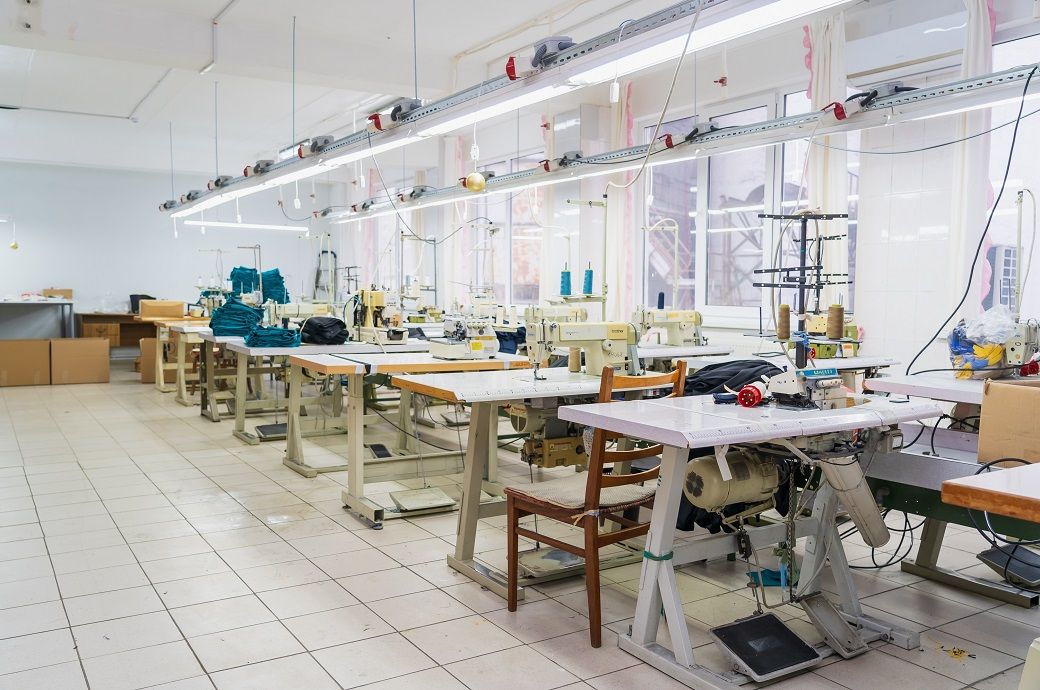
CITI had been advocating for a more liberalised PLI Scheme for textiles for quite some time.
“We are deeply grateful to the Union Textiles Minister and all concerned officials in the textiles ministry for this new-look PLI Scheme for Textiles,” CITI chairman Ashwin Chandran said. “The revisions made in the PLI Scheme will inject huge momentum to the Indian textile and apparel sector in its journey towards becoming more globally competitive.”
The CITI chairman said the expanded coverage of the PLI Scheme 2.0 following the addition of 8 new HSN (Harmonised System of Nomenclature) codes for MMF (manmade fibre) apparel and 9 new HSN codes for MMF Fabrics will provide tremendous impetus to the MMF segment in India. The move would spur the production of high value MMF apparel and fabrics in India.
Currently, the textile ecosystem worldwide is dominated by man-made fibre. In India, though, cotton still dominates.
Chandran said the flexibility allowed under the new PLI Scheme for Textiles where units could now be set up within an existing company would greatly improve the ease of doing business. Previously, companies had to establish separate units to avail the benefits of the PLI Scheme.
The CITI chairman said the significant lowering of the investment thresholds to qualify for benefits under the new PLI Scheme effective August 1, 2025, and the changes in the turnover-linked incentive structure, would prove pivotal in fast-tracking the growth of the Indian textile and apparel sector. “The lowering of the investment thresholds and the revision in the turnover-linked incentive mechanism are worth their weight in gold,” Chandran pointed out.
The revised investment thresholds are ₹150 crore (Part 1A) and ₹50 crore (Part 2A). In the turnover-linked incentive mechanism under the new PLI Scheme for Textiles, only 10 per cent incremental turnover is required from year 2 onward, effective financial year 2025-26.
India aims to create a $250 billion domestic textile and apparel industry by 2030. The target is also to achieve textile and apparel exports of $100 billion by 2030. India’s current domestic textile industry is estimated at around $180 billion. The country’s textile and apparel exports in the financial year 2024-25 stood close to $38 billion.
ALCHEMPro News Desk (KD)
Receive daily prices and market insights straight to your inbox. Subscribe to AlchemPro Weekly!